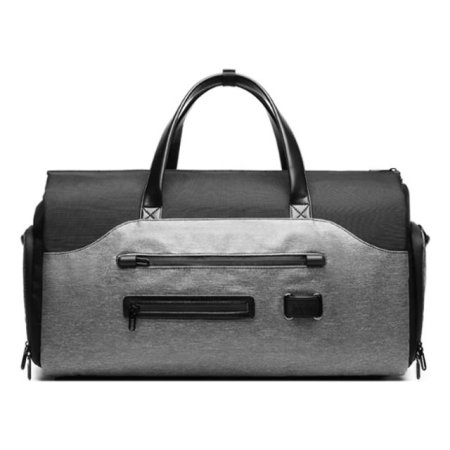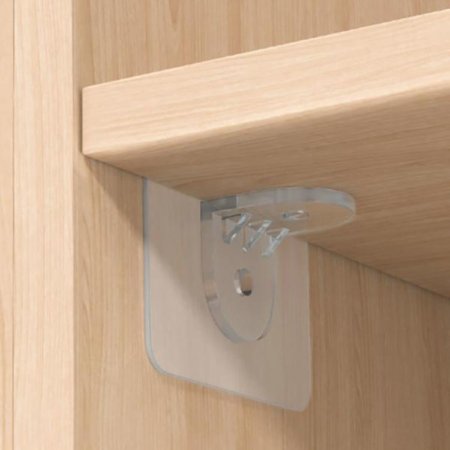Seoul identifies key procurements for offsets
A KF-21 prototype launches an InfraRed Imaging System-Tail control (IRIS-T) guided missile in tests in April. (Defense Acquisition Program Administration)
South Korea has identified a list of 31 priority defence procurements it wants to leverage through its defence offset policy over the next two years.
The Defense Acquisition Program Administration (DAPA) in Seoul said on 31 October that the new 2023–25 list has been made public so that local firms can position to bid for offset contracts with foreign suppliers.
South Korea's offset policy, which is administered by DAPA, outlines a requirement for local companies to register as a ‘Korean Industry Participant' (KIP) before they can partner with foreign prime contractors.
According to the list, the programme to attract the most offset work in the next two years is the development of the Korea Aerospace Industries (KAI) KF-21 fighter aircraft.
The KF-21 programme has 14 linked offset projects, with most expected to run through 2024–28, DAPA said. Mass production of the aircraft is scheduled to start in 2026.
Offsets linked to the KF-21 include Diehl's provision of the AIM-2000 InfraRed Imaging System-Tail control (IRIS-T) missile, MBDA's supply of the Meteor beyond-visual-range air-to-air missile (BVRAAM), and BAE Systems' supply of its AN/APX-126 identification friend-or-foe (IFF) system.
Offsets on the KF-21 are also applied in General Electric's provision of its F414-GE-400K engine, Elbit's supply of a helmet-mounted cueing system, and Honeywell's integration on the KF-21 of its inertial measurement units and embedded Global Positioning System (GPS)/Inertial Navigation System (INS) (EGI).
Other major procurements to attract offsets include those for Daegu (FFX-II)-class guided-missile frigates, the Korea Destroyer Next Generation (KDDX) programme, KSS-III diesel-electric submarines, and Boeing's contracts to supply South Korea with AH-64E Apache Guardian attack and Boeing CH-47D Chinook helicopters.




























